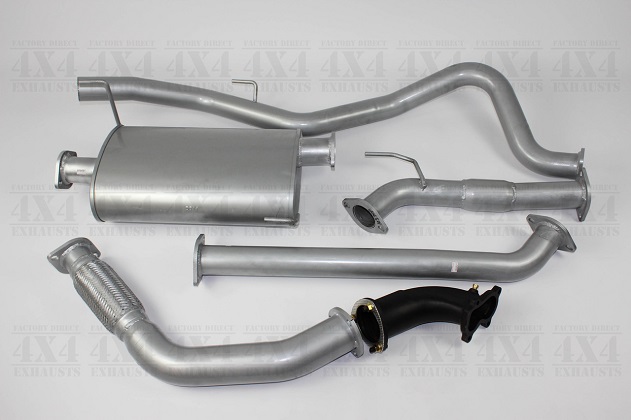What Makes Aluminised and Stainless Steel Ideal for Exhaust Systems
One of the most common dilemmas people have when it comes to exhaust systems are whether they should get an aluminised or stainless steel exhaust system for their vehicle. And frankly, there’s no universal rule that says one is better than the other, as the determining factor to which one is ideal for your vehicle is the climate you live in.

If you’re located in a dry part of Australia, then aluminized exhaust systems are the superior choice, given their absence of humidity, salted winter roads and snow, and their affordable prices. Conversely, if you live in the more humid areas, stainless exhaust systems are probably the better choice, even though they cost more money to buy initially, you’ll be saving money in the long run.
The difference between the stainless steel and aluminized exhaust systems lies in their manufacturing process, which is fairly distinct. Aluminized exhaust systems are manufactured by taking some kind of standard-grade steel and applying a hot-dip galvanising process to coat the steel in a layer of corrosion-resistant, tough aluminium-silicon alloy.
The majority of the hot-dip processes are done by bathing the steel in a hot molten bath of alloyed metals that reach up to 460°C. The alloy then forms a tight chemical bond with the steel, which helps keep out corrosive elements and moisture while dissipating much more heat than most other types of galvanised steel. Some of the biggest benefits aluminised steel has over stainless steel is its workability, low cost and light weight.
On the other hand, stainless steel is purpose built steel grade that has been alloyed with nickel, chromium or manganese. This creates a new corrosion-resistant material altogether. There are several grades of stainless steel, the most common ones used for exhausts being 304 or 409. 304 stainless steel has at least 15% chromium with trace amounts of manganese and nickel, and very low amounts of carbon to eliminate or reduce corrosion issues at the weld points.
409 stainless steel on the other hand is a ferritic class steel that contains less chromium, almost no nickel, but more carbon. This makes them stronger and more heat resistant. Both 409 and 304 stainless steel exhausts are more corrosion-resistant than the aluminized exhausts, but are several hundred dollars more expensive.
Regardless of whether you opt for an aluminised or stainless steel exhaust, you’re likely to experience performance advantages over the stock exhaust. I can’t say that either one is better than the other performance-wise, so it will all depend on your driving habits and the climate you drive in. Both aluminised and stainless steel are likely to last you for a very long time, and potentially outlast your vehicle.



